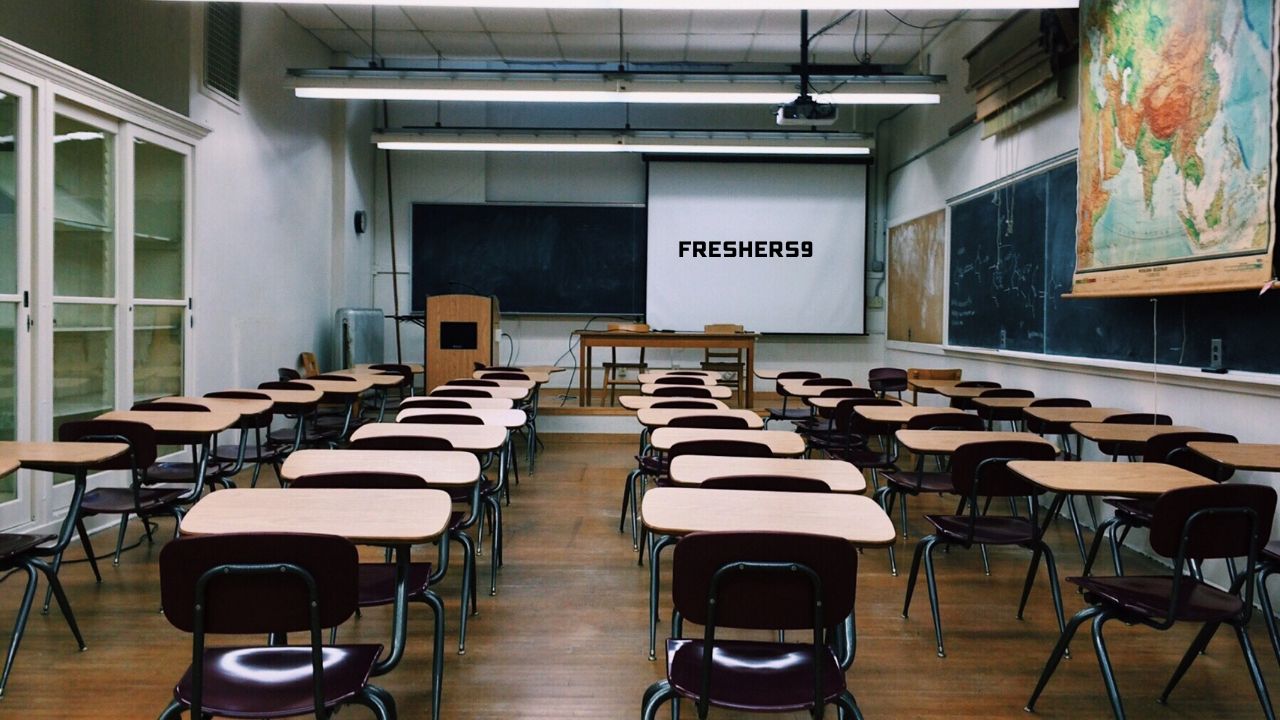Discover the Innovative Reggio Emilia Approach to Early Childhood Education
The Reggio Emilia approach to early childhood education is a progressive, child-centred philosophy that has gained international acclaim for its innovative and holistic methods. Originating in the small town of Reggio Emilia, Italy, after World War II, this educational approach emphasizes respect, responsibility, and community through a supportive and enriching environment. Here’s a deep dive into the key elements and principles of the Reggio Emilia approach, illustrating why it stands out in the realm of early childhood education.
1. Historical Background of Reggio Emilia
The Reggio Emilia approach was developed in the aftermath of World War II by Loris Malaguzzi, along with parents in the villages around Reggio Emilia. They believed in the need for a new educational philosophy to rebuild society, one that nurtured critical thinking and collaboration among children. This vision laid the foundation for a unique educatio
1. Historical Background of Reggio Emilia
The Reggio Emilia approach was developed in the aftermath of World War II by Loris Malaguzzi, along with parents in the villages around Reggio Emilia. They believed in the need for a new educational philosophy to rebuild society, one that nurtured critical thinking and collaboration among children. This vision laid the foundation for a unique educational system that respects and empowers children as active participants in their learning journey.
2. Core Principles of the Reggio Emilia Approach
2.1 The Image of the Child
Central to the Reggio Emilia philosophy is the belief that children are strong, capable, and resilient. They possess a natural curiosity and potential to construct their knowledge. This perspective contrasts sharply with traditional views that often see children as empty vessels waiting to be filled with information.
2.2 Emergent Curriculum
The Reggio Emilia approach employs an emergent curriculum that evolves based on the interests, ideas, and observations of the children. Teachers act as facilitators, guiding the learning process rather than dictating it. This dynamic curriculum fosters a deeper engagement and relevance to the child’s world.
2.3 The Role of the Environment
The environment, often referred to as the "third teacher," plays a crucial role in the Reggio Emilia approach. Classrooms are designed to be inviting, flexible, and conducive to exploration and discovery. Natural light, open spaces, and accessible materials encourage interaction and creativity.
2.4 Documentation and Reflection
Documentation is a vital component of the Reggio Emilia approach. Teachers meticulously record children’s work, discussions, and progress through various mediums such as photographs, videos, and written observations. This documentation serves multiple purposes: it makes learning visible, supports reflective practice among educators, and involves parents in the learning process.

3. The Reggio Emilia Learning Environment
3.1 Atelier
A unique feature of Reggio Emilia schools is the atelier, or studio, which is a dedicated space for art and creative expression. An atelierista, or art teacher, works alongside children and teachers to integrate artistic experiences into the curriculum. This emphasis on art underscores the belief in multiple forms of expression and communication.
3.2 Indoor and Outdoor Spaces
Reggio Emilia classrooms are characterized by a seamless integration of indoor and outdoor spaces. Gardens, courtyards, and natural elements are used to extend learning beyond the classroom walls. This connection to nature supports physical development and fosters a sense of environmental stewardship from a young age.
4. Role of Teachers and Parents
4.1 Collaborative Teaching
Teachers in Reggio Emilia schools work collaboratively, often in pairs or teams, to plan and implement the curriculum. This collaborative approach mirrors the cooperative learning experiences they aim to create for their students. Continuous professional development and reflection are integral to maintaining a high standard of teaching.
4.2 Parent Involvement
Parents are seen as active partners in their children’s education. Regular communication, involvement in classroom activities, and participation in decision-making processes ensure that parents are deeply engaged. This partnership enriches the educational experience and strengthens the sense of community.
5. Benefits of the Reggio Emilia Approach
5.1 Promotes Critical Thinking and Problem Solving
By allowing children to explore their interests and construct their knowledge, the Reggio Emilia approach nurtures critical thinking and problem-solving skills. Children learn to ask questions, investigate solutions, and reflect on their experiences.
5.2 Encourages Creativity and Expression
The emphasis on art and multiple forms of expression allows children to communicate their ideas and emotions creatively. This not only enhances cognitive development but also supports emotional and social growth.
5.3 Builds Strong Community and Social Skills
Collaboration and community are at the heart of the Reggio Emilia approach. Children learn to work together, respect diverse perspectives, and develop strong social skills. This sense of community extends beyond the classroom, involving families and the broader society.
6. Challenges and Criticisms
While the Reggio Emilia approach is widely praised, it is not without challenges. Implementing such a child-centred, flexible curriculum can be demanding for educators used to more traditional methods. Additionally, the high level of parental involvement and resource-intensive environment may not be feasible in all settings.

The Reggio Emilia approach to early childhood education offers a transformative model that respects and nurtures the innate potential of every child. By emphasizing creativity, collaboration, and community, it provides a rich and holistic educational experience. While it may present challenges in implementation, its benefits in fostering critical thinking, expression, and social skills make it a compelling choice for educators and parents alike. Exploring and adopting elements of this innovative approach can lead to a more enriching and effective early childhood education system.